By Frédéric de Kemmeter – Railway signalling and freelance copywriter – Suscribe my blog
20/02/2022 – (Version en français)
🟧 Back to homepage 🟧 See our brief news
SNCF’s withdrawal from the Elipsos cooperation with its neighbour Renfe has brought back a subject that has long agitated the railway world, in a Europe that promotes a single area for the movement of its trains. As is often the case, it is important to make a distinction before drawing conclusions.
A little history
Railway cooperation goes back a long way, to a time when railways were a state affair, sometimes even a military object. In 1872, the European Timetable Conference was set up with the aim of regulating the timetable of cross-border trains at international level.
However, technical harmonisation became necessary to run passenger carriages and goods wagons from one country to another. An international agreement called « Technical Unity » was therefore created in 1887. The administration of this agreement was taken over in October 1922 by the International Union of Railways (UIC), which is still in existence today and is therefore celebrating its 100th anniversary.
Finally, complex customs agreements and administrative regulations (COTIF) were added to operate this international traffic. These are administered by OTIF, which has its headquarters in Berne and whose task is to establish common legal rules for the international transport of persons and goods by rail between its Member States, whose area extends beyond the European Union to include Switzerland, Norway, Russia and Turkey, for example.
The main thing to remember is that the notions of territoriality and state administration have always taken precedence over the utopia of a « Europe of railways ». It is true that before the 1990s the borders were not open as they are now.
Cooperation at the practical level
As the railways were administrations, railway workers were described as « agents at the disposal of the State », which meant that in theory they were not entitled to work on foreign territory and that they were subject to national law.
There were – and still are – practical exceptions, but in the majority of cases, crossing a border requires a mountain of procedures, many of which are included in COTIF.
To create something in common, such as the Trans Europ Express, it was necessary to create a « grouping » whose legal form made management more difficult than it seemed. These were railway initiatives, not government initiatives. The deficit of these railway initiatives was drowned in the overall deficit of the public operator.
COTIF contained an ‘obligation to carry’ via the neighbouring network when a train was handed over at the border, hence the need to coordinate timetables via the ETC. This provision could lead to costs and deficits in the neighbouring network. It has since been abolished, as it is contrary to European law, which now promotes billing and bookkeeping to international standards.
In practice, when a train leaves « its own country », the neighbouring network takes over everything, according to the COTIF rules. The locomotive and driver are changed. Another locomotive and another « driver agent » take over for the rest of the journey.
This was the case with the Elipsos cooperation between SNCF and Renfe: the Spanish drivers did not go beyond Perpignan. Some had to wait several hours, or even a night in a hotel, before driving a return train. Or return to their base by taxi…
The cooperative system also has an impact on revenue, ticketing and billing. The cooperation only allows the addition of the different national fares, the international part being shared. For the traveller, cooperation also means that if he or she has a discount card in his or her own country, it is no longer valid on the neighbouring network because he or she does not benefit from the social policy of the neighbouring country.
In short, cooperation was mainly aimed at keeping the advantages and disadvantages of each country at home. It was content to pass on the rolling stock with the UIC standards and the OTIF rules.
New state priorities
Since the 1990s, the railways have entered a third era, marked by a return to state control and a policy of controlling public finances.
This control involved the complete contractualisation of all rail services. The idea was no longer to mop up deficits as before, but rather to control expenditure and create an incentive system to control costs. Compared to the 20th century, this means a change in production methods, which some people have been too quick to call ‘privatisation’.
It was at this stage that rail was sectorised. It soon became clear to economists that the infrastructure and the regional trains would de facto remain in deficit, and that it was up to the states to cover their deficit in one way or another. This is done through contracts where the volume of traffic to be subsidised is clearly stated.
The ‘other trains’, freight and mainline, were deemed capable of being profitable, or nearly so. The hope was that new investors would bring in funds and take over these two sectors, thereby relieving the public finances. This is where some people point to a « break-up of the public service ». But is public service necessary everywhere? Some consider that spending a weekend in Prague, Milan or Barcelona is a citizen’s whim and not a basic public service need. Unfortunately, this whim often involves the use of the plane…
So what is the solution?
Would the formula of controlling everything by operating trains on the neighbour’s premises alone, with its own staff and rolling stock, finally be the only viable one? One might think so. This formula was only possible thanks to major legislative changes, involving the independence of the infrastructure, which is obliged to accept « everyone », without discrimination.
It took almost 20 years to achieve this! During this (lost?) time, neither aviation nor the car industry had these problems. It is therefore not surprising that these two sectors have taken the majority of the market share over the last two decades.
Complete control of the production chain is what the SNCF is doing through Thalys and Eurostar, by creating full-fledged companies. This is also what the Czech RegioJet and Flixtrain are doing. This is what Trenitalia is doing by creating the Trentitalia-France subsidiary in France. Recruitment is left to the discretion of these companies.
Is cooperation dead?
Not really. It has been « contractualised ». Nightjet, for example, has had to sign contracts with the NS, the SNCB or the SNCF to operate in their respective territories. However, the locomotive is still changed in the middle of the night and the driver at the borders. But Nightjet manages its own product and web page, and therefore controls its costs by asking the partners to pay.
Co-operation presupposes a unity of purpose between the partners. This is increasingly difficult to achieve. The Trans Europ Express was liquidated by its founders in 1987 because the product had become obsolete, and also because there was no longer any unity of vision, whereas three of them were committed to high speed and promoting a vision of the long-distance train that was closer to the concepts of air travel.
A private design office still remembers the years of discussions to design toilets adapted to the suit and tie of English customers on Eurostar! Deutsche Bahn does not like Alstom’s double-decker TGVs. The Swiss and Austrians demand to eat with porcelain tableware at all times of the day. The Spanish introduced three classes in 1992, then the Italians added a fourth. The SNCF prefers rarer, but better-filled trains, which means reservations. Deutsche Bahn prefers trains that are timed, probably less crowded, but without compulsory reservation. The Dutch still consider the Thalys to be a French luxury product. Finding the consensus…
On the Thalys Brussels-Paris TGV, in the absence of a border station, the agents must make the journey from start to finish. In this case, cooperation is more advanced and can lead to the creation of a subsidiary company, as was also the case with Eurostar. Thalys and Eurostar manage their entire production, including recruitment, marketing, sales, IT services, maintenance and purchasing. These companies are no longer bound by ‘industrial patriotism’ and can buy or lease their new trains wherever they want.
Rail cooperation today and in the future is now a matter of contract. It is up to each company to find the legal formula best suited to the target market. If they wish, the Member States can provide financial support for long-distance and night trains based on these contracts, by seeking an operator. This is where the cultural differences in covering the railway deficit and the content of the contracts can be seen. Some countries are willing to contribute to the deficit but with conditions. Germany said no without conditions. Finding the consensus…

20/02/2022 – By Frédéric de Kemmeter – Railway signalling and freelance copywriter
Suscribe my blog
Related topics:
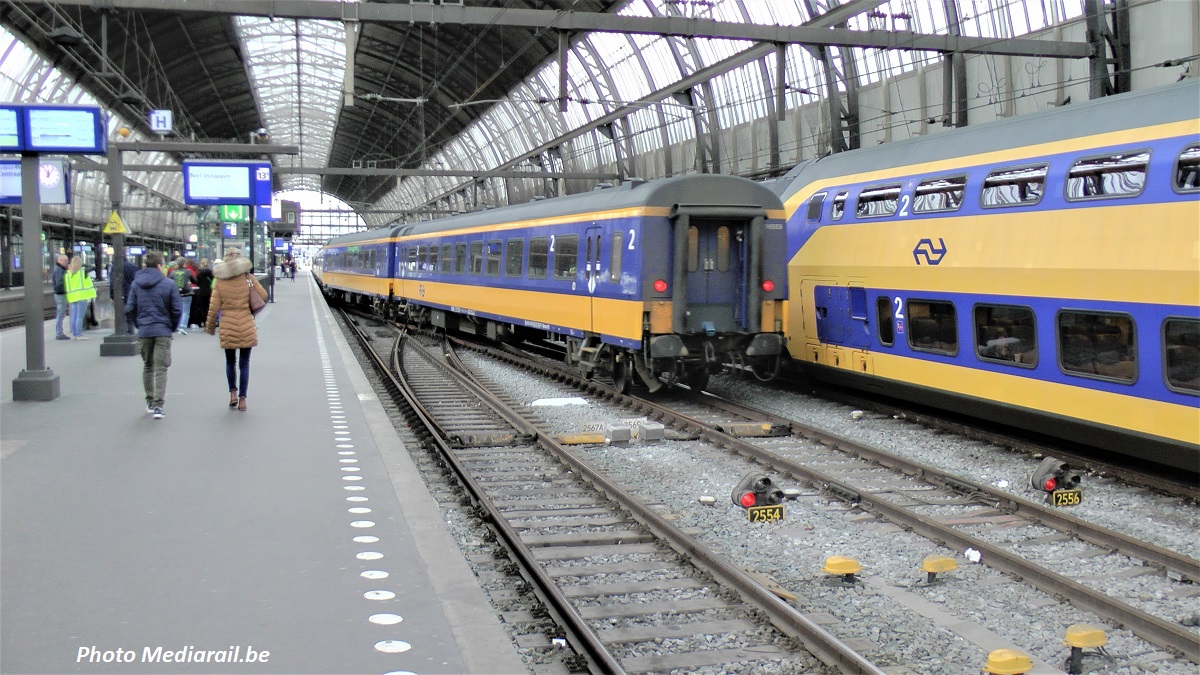 The railway: still a very national matter
The railway: still a very national matter
05/09/2021 – International traffic between EU Member States was set to grow considerably with open borders and the Schengen area. Has this really benefited the #railways? According EU report, only 6 % crossing borders in 2016 by rail
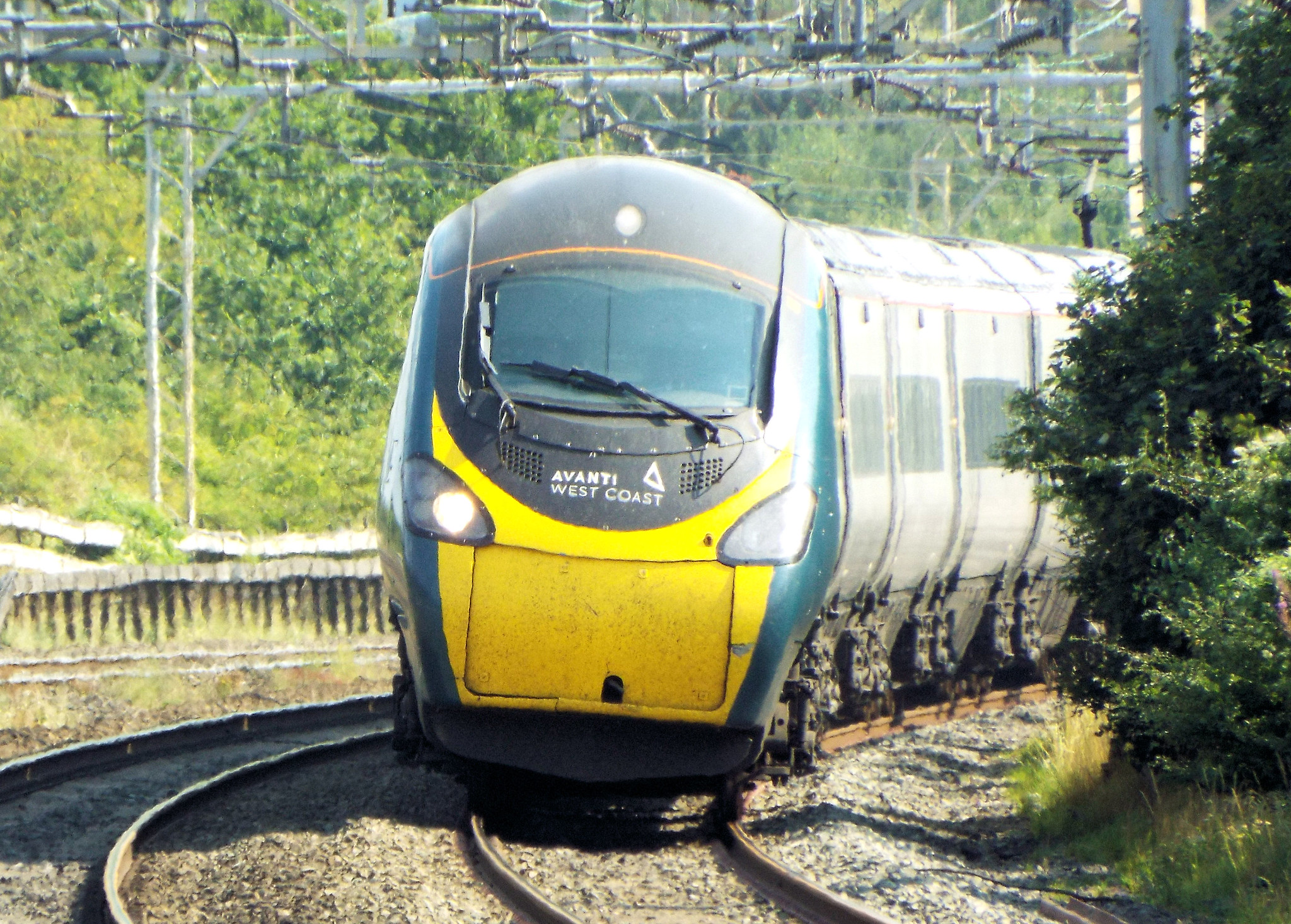 Creating a complete and independent railway sector
Creating a complete and independent railway sector
09/01/2022 – The difficulties faced by new entrants in the Continent are characterised by, among other things, the lack of essential facilities such as maintenance workshops, a large fleet of leased rolling stock and specifically trained staff.
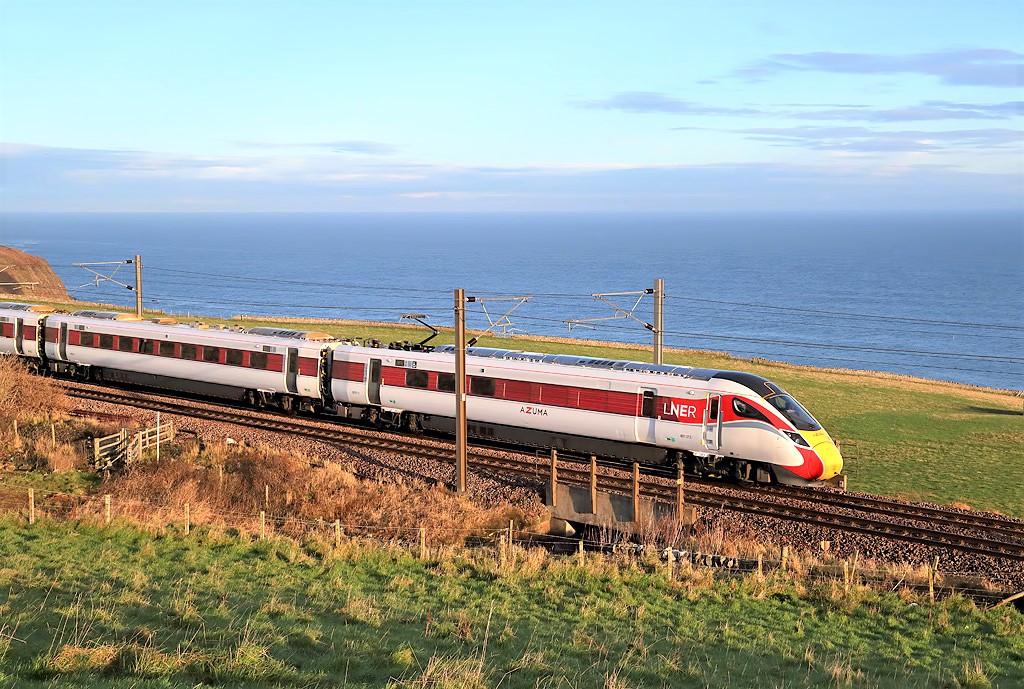 The railway is everyone’s business
The railway is everyone’s business
02/01/2022 – The year of the railways may be over, but not the future of the railways, which can already present itself as a low-carbon transport solution. Revitalising rail requires a clear understanding of its business model and bringing together all the players, each with their own specialities and strengths.
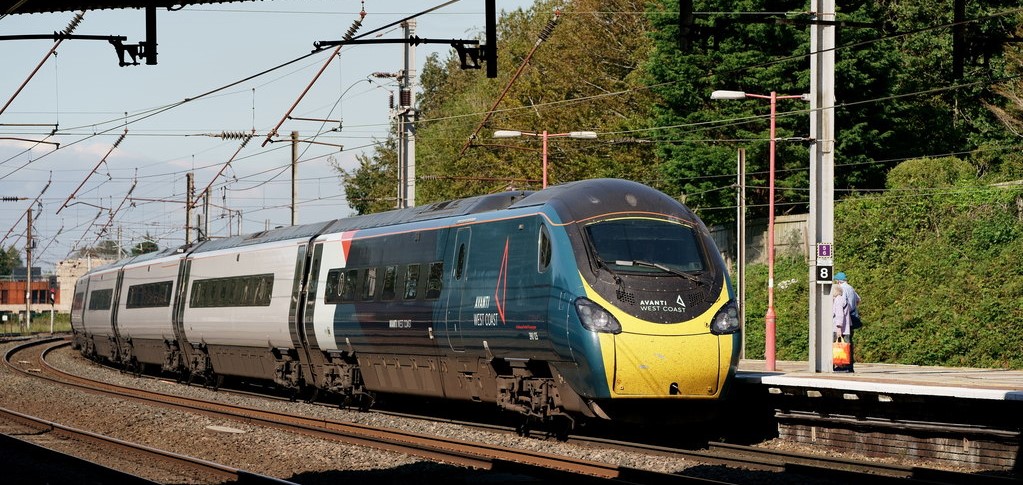 Railways: more technologie and less proceedings
Railways: more technologie and less proceedings
28/11/2021 – Beyond technology, rail however must make a qualitative leap by eliminating the tendency to stifle progress with a mountain of procedure, sometimes jeopardising the progress expected from an innovation.
 No intelligent train without infrastructures
No intelligent train without infrastructures
07/11/2021 – It is sometimes believed that the intelligent train would be enough to solve some of the problems of railway operations. However, this train will have no impact without the infrastructure that accompanies it.
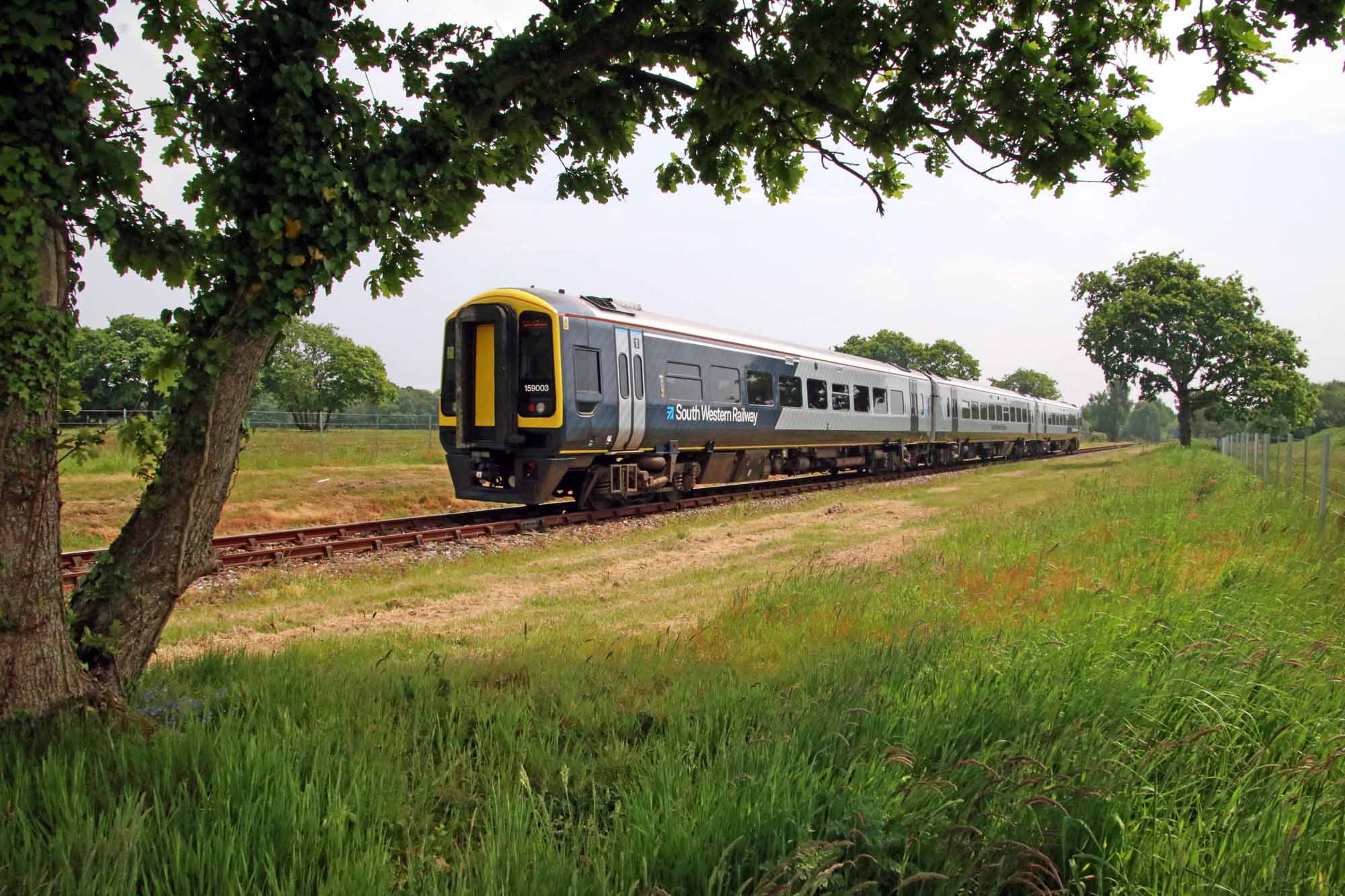 The transport decarbonisation plan: by rail but not only
The transport decarbonisation plan: by rail but not only
26/09/2021 – The railways will never make a modal shift alone, simply by virtue of their existence. Other assets are needed, which are the responsibility of the State. For example, regional planning and the configuration of living areasxxxxxxxxxxxxxxxxxxxxxxxxxxxxx xxxxx xxxxxxxxxx xxxxxxxxxx xxxxxxxxxxx


Vous devez être connecté pour poster un commentaire.